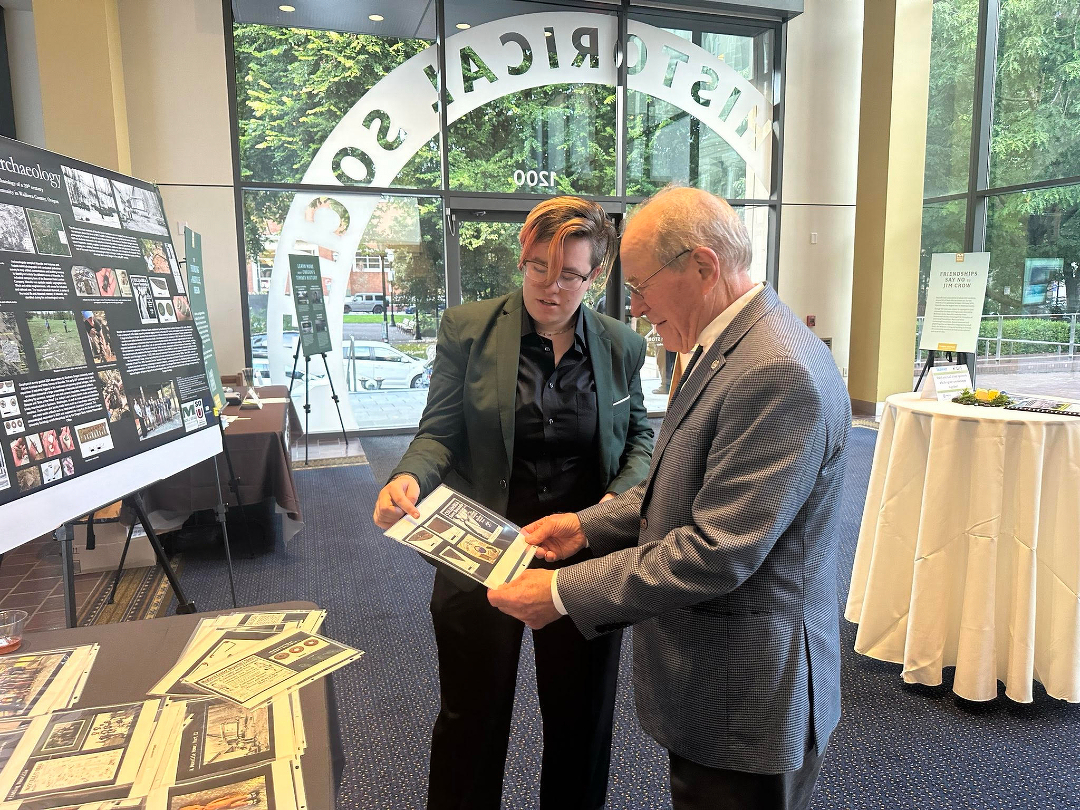My daughter Ally recently finished her bachelor’s degree focused on archaeology. While in school, she helped with a project for the Maxville Heritage Interpretive Center (MHIC) in Maxville, Oregon. Maxville started as a logging company town in 1923 and was abandoned after about 20 years. Maxville was unique in that the logging company didn’t just hire white loggers. Black people made up about a tenth of the population of Maxville. Oregon was explicit about excluding Black people from living here from the start. It wasn’t until 1926 that the last of these laws were repealed. (This certainly didn’t put an end to racism in Oregon, unfortunately.)
Since 2007, the daughter of one of the Black loggers has been working to bring the story of Maxville to life.
Due to Jim Crow laws, Maxville was segregated. The homes in the Black neighborhood were brought in on the railroad and then removed while the homes in the white neighborhood were more permanent. The archaeology project involved surveying and remote sensing to confirm where the neighborhoods were and then excavating in both white and Black neighborhoods.
At a gala for MHIC a couple weeks ago, Ally’s college advisor gave a presentation about their project. Ally joined him to staff a table before the presentations began.
I was lost in conversation with someone at my table when I saw Ally’s advisor hurrying over. He wanted to make sure I saw Ally talking with former Oregon Governor Ted Kulongoski about the project. I would have missed this if Mark hadn’t gotten my attention! This project has been a highlight of Ally’s education and I’m glad she’s getting a chance to share her excitement with others.
 Photo taken by Mark Tveskov.
Photo taken by Mark Tveskov.
If you’re curious, more information about MHIC can be found here and here.
Edited to credit the photograph to Mark Tveskov.